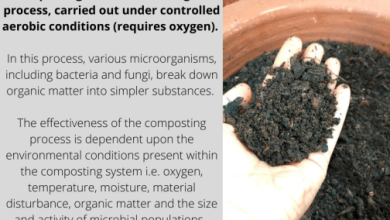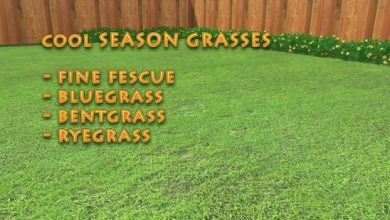Grow Chard step by step: Planting, care and harvest
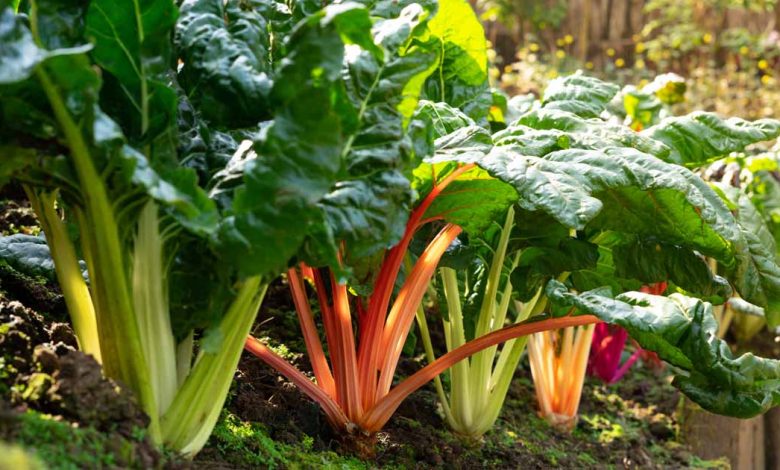
Very good to all Agrohuerters! In today’s post and video we will see some tips and tricks to grow chard at home.Today I am here to talk to you about the cultivation of Beta Vulgaris, the cicla variety, a species of the Quenopodiaceae family, better known as Swiss chard (I tell you the scientific name so that you don’t mess up with plain Beta Vulgaris, which is beet!).
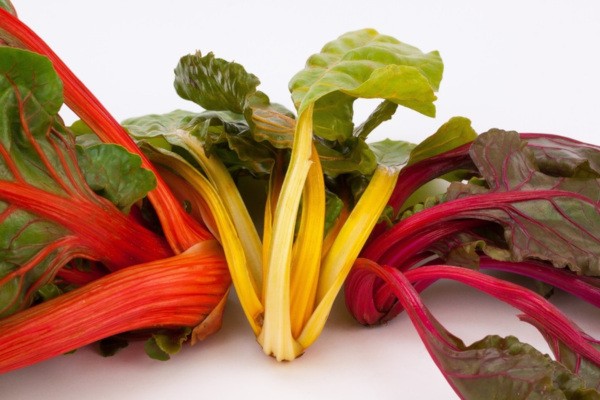
How to grow chard step by step
Suitable climate to grow Swiss chard
There are several techniques to grow chard depending on your tastes and the climate of your area:
- Warm/temperate climate zone
In these areas you can grow Swiss chard practically throughout the year. Direct seeding of the glomeruli (soaking them in water for a couple of days before planting) is recommended in late summer. In this way, by the beginning of autumn we will have the plant sufficiently formed to resist the first drop in temperature and we will be able to harvest the chard during the winter.
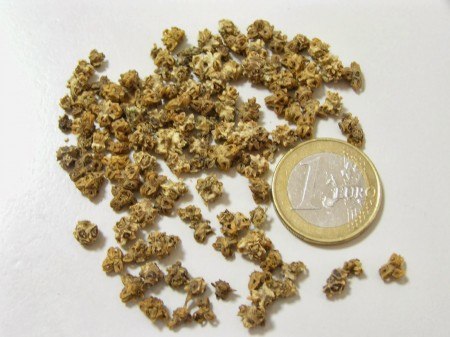
The glomeruli of chard contain several seeds inside, so several plants will germinate and it is necessary to leave only one and remove the rest when they have 3 or 4 true leaves. To eliminate leftover chard plants, it is advisable to cut the stem as low as possible so as not to damage the tangle of roots when pulling the seedling. This technique is known as chard thinning, and it allows the plant we leave to have more space to develop both superficially and in depth.
- Cold weather zone:
In these areas it is advisable to make seedbeds before the last frosts to be able to carry out the transplant in spring and harvest our crop in summer.
In this case it is not necessary to clarify since it is most likely that you will buy the seeds or the seedling directly. What will be necessary is pricking the chard (removing the seedling with the worst appearance) if you sow a couple of seeds per hole or in the seedling you find several germinated seeds. It has happened to me, I didn’t realize it, so now I have 3 smaller chards in the hole that one should occupy…
The above techniques are not necessarily associated with the weather, you can always make a previous seedbed, buy the seeds outside the glomerulus or the seedling already formed, the important thing is that you can enjoy your chard.
benefits of chard
Swiss chard has many medicinal and nutritional properties. To begin with (and with my apologies to Popeye) they have more iron than spinach, they are rich in fiber, potassium, calcium, magnesium and a multitude of vitamins.
They prevent intestinal disorders and problems associated with vision due to their large amount of beta-carotene, mainly vitamin A, this vitamin also gives it antioxidant properties, eliminating free radicals from our body.
It is recommended to consume the chard fresh, the small shoots, to make the most of all these properties, but it can also be consumed boiled.
Plant chard in the garden: distance between chard plants
Whether sowing is direct or in a nursery, it is recommended to introduce the chard seed about 2.5 cm deep and separate one from the other about 8 cm long and 20 or 30 cm wide (distance between the lines), since this species can develop its roots more than 80 cm laterally. For this same reason, if you plan to grow chard on the terrace or in pots, it is important to acquire a pot with a good depth (about 40 cm) and not plant more than one chard per pot.
This crop associates well with garlic and holds up well in any type of soil. They say that clay soils do not do very well (possibly due to problems associated with root suffocation) but my soil is very very clayey and the truth is that I have had a good harvest so far. They also say that chard is demanding in terms of nutrients, so it is recommended to fertilize and keep the bed moist, I have not fertilized and yet leaves have come out like sheets of large…
Grow chard: collection or harvest
It is not necessary to uproot this species to harvest it, in the case of lettuce or cabbage, because as I suppose you all know, its leaves are consumed, both the part of the petiole or penca and the leaf itself. That is why you have to harvest the outermost leaves, cutting them as close to the base as possible so as not to damage the plant.
During the useful life of the crop, it will give many more leaves, so if you have a minimum of care in leaving the tender and small leaves so that they develop, you will have chard for a while.
The end of the crop is associated with the sprouting of the plant, this occurs mainly with the heat, the main stem develops in height and the plant flowers, giving rise to the famous glomeruli. It continues to produce leaves but most likely they are already bitter. Do not eliminate the crop when the species spikes because if a plant has given you good results you can always wait and collect the glomeruli to plant them the following year.
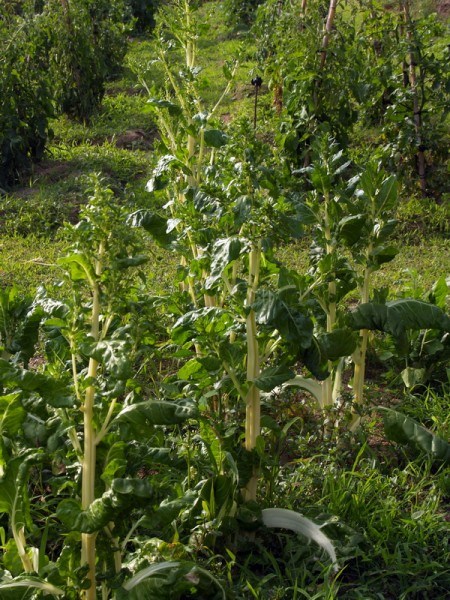
Curiosities about Swiss chard
Before leaving, I wanted to show you varieties of chard that are not usually seen much and are becoming more and more fashionable, what the red and yellow chard are like.
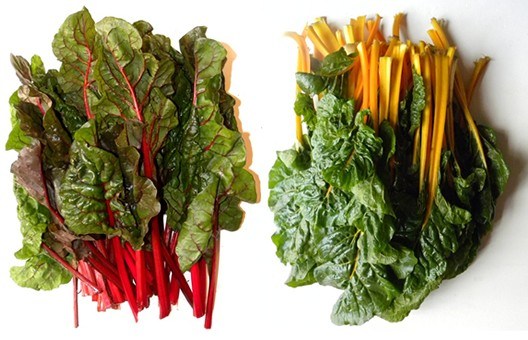
These varieties have practically the same properties as the common chard since they only differ in different culinary uses and in the color of the stalk, which gives the plant an ornamental character, giving our garden a very special touch of color.
They are currently being used in many orchards, parks and gardens in the city to give them that touch of color and take advantage of their uses in haute cuisine, so if you can get seeds, do not hesitate to plant them.
Difference Between Red Chard and Rhubarb
Last but not least, I wanted to tell you that there is a variety of vegetables (or fruit, I have heard that can be considered fruit) called Rhubarb (Rheum rhabarbarum), a plant very similar to red chard.
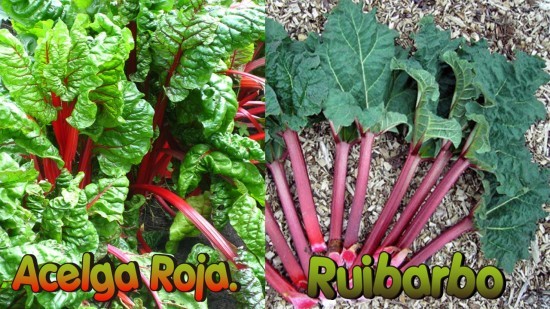
But be careful, because the rhubarb leaf is toxic, it is not edible, only the stem is, so if this is the case I will give you a simple key to be able to differentiate it:
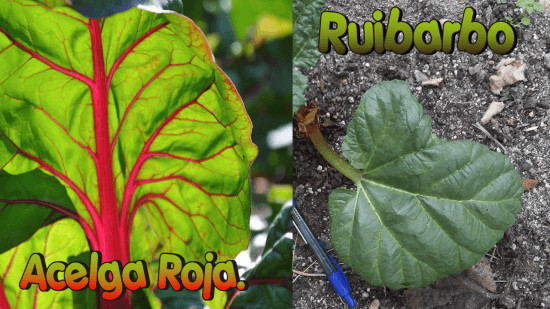
The foliar nerves of red chard are very intense red, while those of rhubarb are greenish, turning to a dull red in some cases… This difference is best seen on the underside of the leaves.
For the most experienced, the leaves of the rhubarb are seated, with the blade beginning at the end of the petiole and in those of the Swiss chard, the blade gradually fits into the petiole. There are many more taxonomic differences since they belong to different families (chard is from the Chenopodiaceae family and Rhubarb is from the Polygonaceae family), but I think this key is the most visible.
Although the Rhubarb leaf is toxic, its stem is edible and widely used to make cakes with strawberries (they are very cool red) or salads, so with a little care you do not have to be afraid of this plant.
Little more, today I have extended a bit but I think I have given you a very complete information, even so you can always add anything you want in the comments.
Greetings

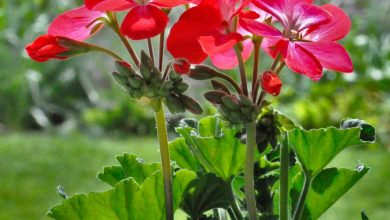
![Photo of Mimosa Tree: [Cultivation, Irrigation, Associations, Pests and Diseases]](https://www.complete-gardening.com/wp-content/uploads/2022/08/mimosa-tree-cultivation-irrigation-associations-pests-and-diseases-390x220.png)
